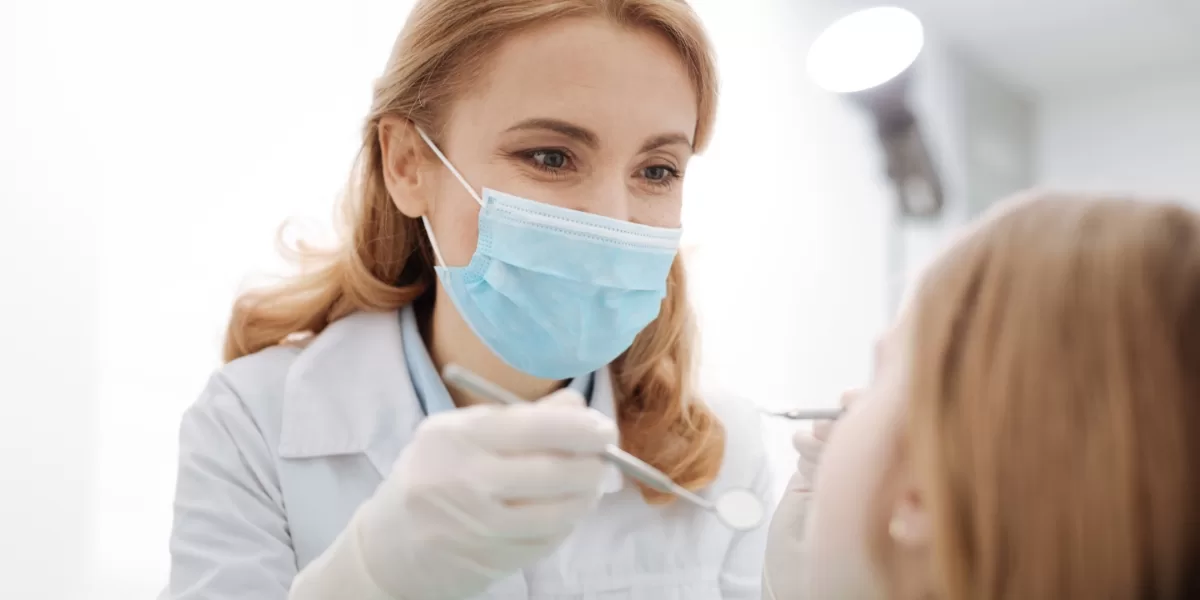The Oral Cancer Foundation estimates over 53,000 projected diagnoses this year —of which nearly 20% will pass away before the year’s end and 43% within 5 years. Unfortunately, the reason these numbers are so high is because this cancer is often discovered late in development.
Historically, this cancer has been diagnosed in those over 50 who drink and smoke heavily and people with HPV16–which is most commonly associated with cervical cancer. Being aware of the symptoms may help in early detection. Common cancer areas include the mouth, tongue, tonsil and throat. The Oral Cancer Foundation lists the following signs to look out for:
- Any sore or ulceration that does not heal within 14 days.
- A red, white, or black discoloration of the soft tissues of the mouth.
- Any abnormality that bleeds easily when touched (friable).
- A lump or hard spot in the tissue, usually border of the tongue (induration).
- Tissue raised above that which surrounds it; a growth (exophytic).
- A sore under a denture, which even after adjustment of the denture, that does not heal.
- A lump or thickening that develops in the mouth.
- A painless, firm, fixated lump felt on the outside of the neck, which has been there for at least two weeks.
All the above symptoms have the commonality of being persistent and not resolving.
Maintaining regular appointments with your oral healthcare professional to conduct cancer screenings is the best deterrent. Should you notice any of the symptoms listed, paying an additional visit very well could save your life.
Performing self-examinations are quick and painless. It has been recommended that you perform these at least monthly —especially if you have any of the high-risk factors. When performing this examination yourself, you will need a bright light and a mirror. Here is a six-step self-oral-examination outline:
- Remove any dentures
- Look and feel inside the lips and the front of the gums
- Tilt your head back to inspect and feel the roof of your mouth
- Pull the cheek out to see its inside surface as well as the back of the gums
- Pull out your tongue and look at all of its surfaces
- Feel for lumps or enlarged lymph nodes (glands) on both sides of the neck including under the lower jaw
If at any time you find anything concerning or questionable, please don’t hesitate to give our office a call. We will make time for you to come in for a proper screening with one of our oral surgeons.


